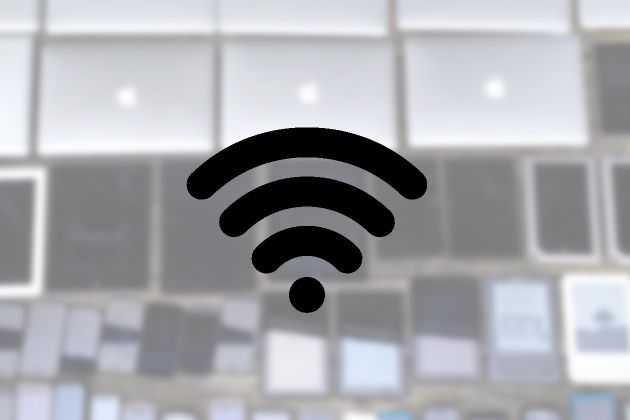Mass adoption of Wi-Fi 6E is lagging. There’s the chip shortage for something in between. Research suggests that the future Wifi 7 standard may benefit from that.
Wifi 6 was embraced as a standard fairly quickly from the launch of the first compatible router in 2018. However, adoption of Wifi 6E, which extends that standard with a new frequency band, lags behind. That’s because of persistent chip shortages, according to research. The as yet modest penetration of Wifi 6E in the market may accelerate the future adoption of Wifi 7.
Wi-Fi 6 and 6E
Wifi 6’s underlying 802.11ax protocol provides connectivity on the 2.4 GHz and 5 GHz bands with modern technology such as beamforming and increased MIMO capacity. Wifi 6 makes it possible to connect many devices to a wireless network without its quality plummeting. The technology is therefore interesting for offices or public areas. Furthermore, the standard offers higher throughput and lower latency.
read also
Wi-Fi 6E adoption suffers from chip shortage, Wi-Fi 7 can reap benefits
Wifi 6E extends Wifi 6 with a third frequency band around 6 GHz. That band is sparsely populated and thus has little interference. Furthermore, the high frequency ensures high bandwidth. As always, the standard is backwards compatible, but to fully enjoy it, you need both a router and a device that can communicate over the 6 GHz frequency band.
Availability problem
That’s where the shoe pinches. Although Europe has since approved the use of a 500 MHz band at 6 GHz and Wi-Fi 6E devices have officially been available on shelves since 2021, their availability is very limited. Manufacturers struggle with microchip availability and build mostly popular models with the available components.
The Dell’Oro Group notes that system integrators are mostly asking for regular Wi-Fi 6 hardware for now, causing manufacturers to focus on those models at the expense of Wi-Fi 6E devices. The shortages are expected to continue throughout this year. By 2023, the first Wifi 7 devices should already be on the market. Wifi 6E will therefore most likely be largely skipped.
The Wifi 7 standard has yet to be finalized, but includes all the goodies of Wifi 6E and more. The underlying 802.11be protocol should support speeds of up to 30 Gbps: three times more than Wifi 6(E).
